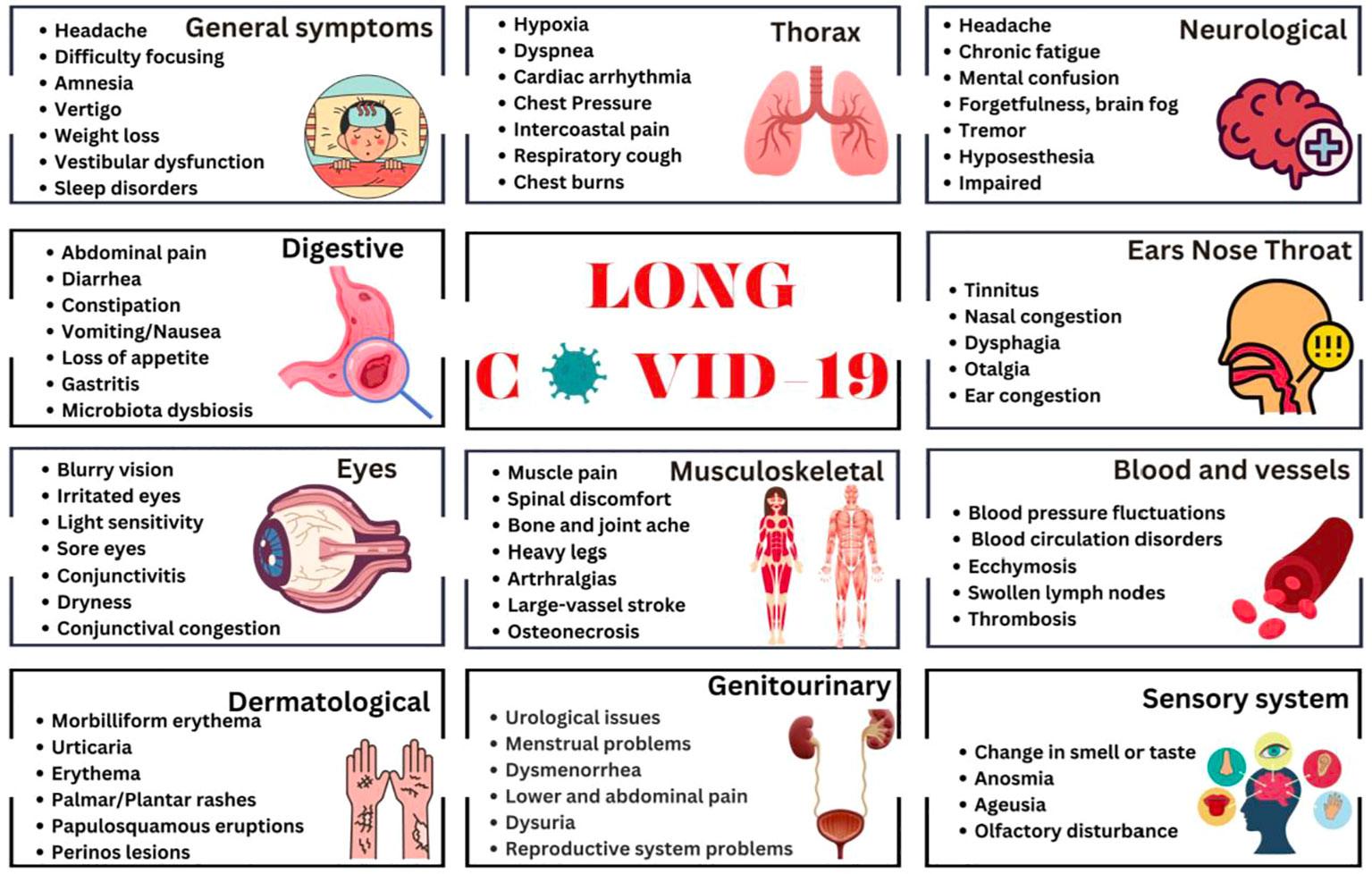Emerging New COVID Symptoms in 2023

Introduction
The COVID-19 pandemic has continuously evolved since its onset, with new variants and symptoms emerging over time. Understanding these new symptoms is crucial for effective early detection, treatment, and public health responses. As cases rise globally, particularly due to new variants, it becomes essential for the public to stay informed about these developments.
Newly Reported Symptoms
Recent studies and reports from health authorities indicate that new COVID symptoms are emerging. Traditionally known symptoms such as fever, cough, and loss of taste or smell still remain prevalent. However, practitioners and patients have begun reporting additional symptoms not commonly associated with earlier strains. These include:
- Fatigue: Many patients have cited severe fatigue that persists long after initial recovery.
- Headaches: Increased frequency of headaches has been reported, often described as more severe than typical tension headaches.
- Gastrointestinal Issues: Symptoms such as nausea, diarrhoea, and abdominal pain are becoming more common in cases of COVID-19.
- Skin Rashes: Some individuals have reported skin rashes that appear without any other symptoms, which has led to further investigation.
Research shows that these symptoms are more prevalent in those infected with the latest variants, including Omicron subvariants. The symptom profiles can vary significantly between individuals, highlighting the complexity of the virus.
Expert Insights and Public Response
Health experts stress the importance of recognising these symptoms early. Dr. Meng Zhang, an infectious disease specialist, stated, “Understanding the evolving symptomatology of COVID-19 is vital for timely testing and isolation procedures. As we identify these new symptoms, we urge the public to remain vigilant and seek medical advice if they experience any concerning signs.”
Additionally, the public health response has adapted to these findings by emphasising the need for testing, even when symptoms seem mild or atypical. The UK Health Security Agency has updated its guidance, stating that anyone displaying any of the newly reported symptoms should consider testing and self-isolation.
Conclusion
The emergence of new COVID symptoms in 2023 underscores the adaptive nature of the virus and the ongoing challenges of managing the pandemic. By remaining informed about the latest findings, individuals can take proactive measures to protect themselves and others. As research continues, it is likely that more symtomatic developments will be discovered, making continued awareness crucial for public health. Keeping abreast of these changes can significantly influence the trajectory of the pandemic and personal health approaches.
